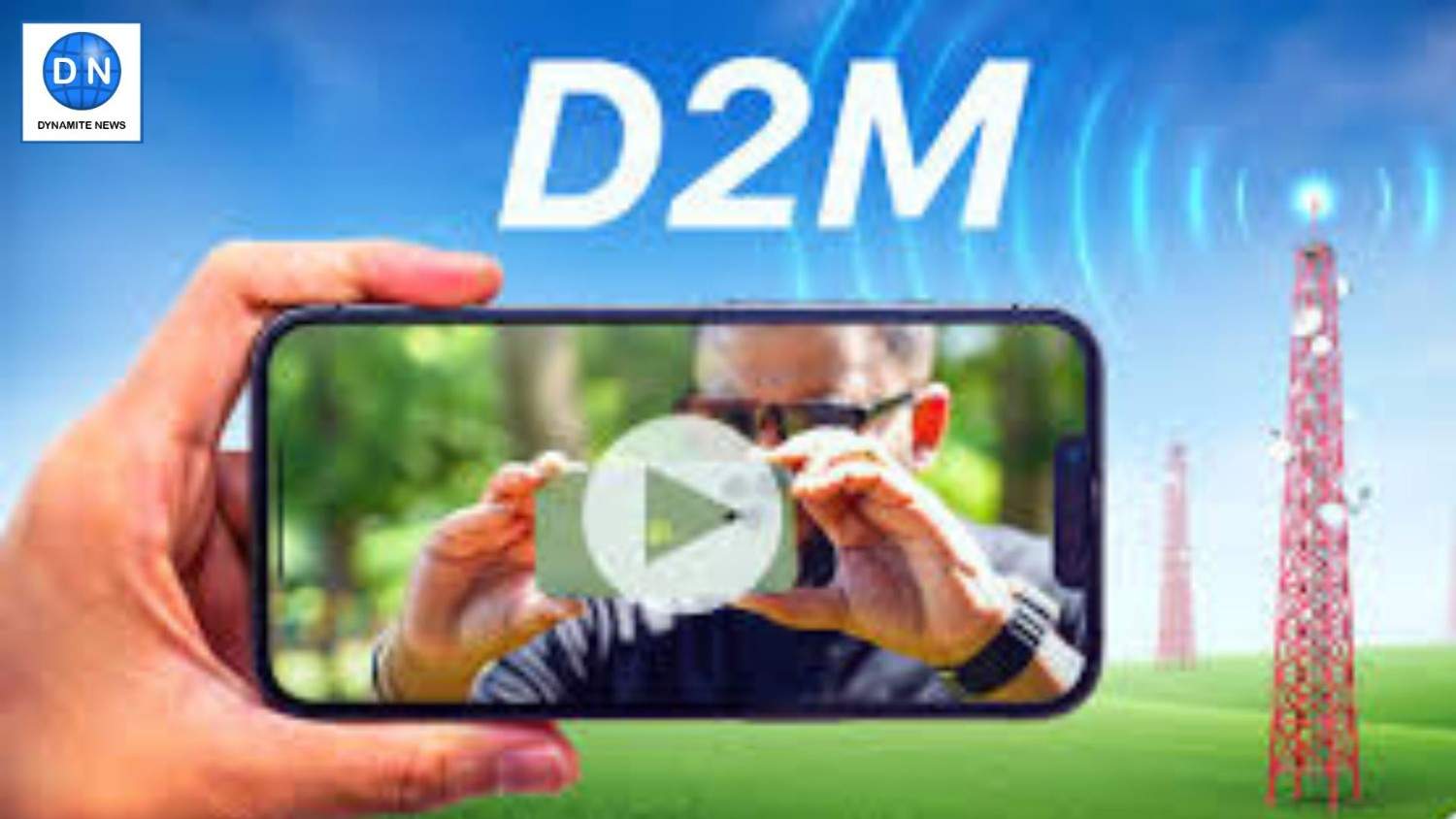
New Delhi: Direct-to-Mobile (D2M) technology enables the direct streaming of video and audio content to mobile devices without requiring internet connectivity.
With D2M services, consumers can access both internet-based streaming through telecom networks and a dedicated D2M network for live television on their mobile devices.
The short-term trials of D2M technology have already been successfully conducted by IIT Kanpur on behalf of Prasar Bharati.
Some reservations
Following the successful completion of short-term trials, the debate around the large-scale implementation of D2M has intensified. Telecom Service Providers (TSPs) have expressed reservations, citing concerns about potential challenges posed by this replacement technology.
They argue that D2M could create a separate broadcasting network, thereby raising questions about market fairness.
1.2 billion Mobile usere
With 1.2 billion mobile subscribers and expanding digital access in rural areas, D2M has the potential to become a ubiquitous platform for delivering both entertainment and critical information, such as disaster alerts.
Experts suggest that D2M could emerge as a foundational digital public good, akin to UPI, offering socio-economic benefits and bolstering national interest.
Also Read |
Ind vs Ban: Bangladesh reach 41/1 after India declare at 687/6 on Day 2
A technology expert involved in the trials of D2M estimates that its economic value creation in India over the next 5–10 years could range between $15 billion and $20 billion.
Reduction in network congestion
The expert also addressed concerns raised by TSPs, emphasizing that D2M and telecom networks are complementary rather than competitive. By offloading popular content from cellular networks, D2M can help reduce network congestion, lower energy consumption, and contribute to the country’s low-carbon footprint targets.
Another expert highlighted that D2M technology can reduce the pressure on cellular towers and backhaul networks, extending their lifespan and reducing the need for energy-intensive infrastructure upgrades. Additionally, integrating D2M with edge computing allows localized content delivery, further reducing the carbon footprint associated with long-distance data transport.

Immense potential
D2M holds immense potential for universal access to information, disaster preparedness, and climate resilience. During climate-related disasters, D2M can broadcast emergency alerts and critical updates to populations in areas where traditional networks may fail, enhancing public safety and resilience.
This technology represents a unique opportunity to optimize energy use and create sustainable telecom infrastructure.
G20 Sherpa Amitabh Kant
G20 Sherpa Amitabh Kant, speaking at the D2M Conclave in January 2024, aptly described the technology as "disruptionist," emphasizing its role in leapfrogging existing models.
He stated, “Policymakers must support such disruptions, and regulators must enable the emergence of new technologies. When this happens, India will witness the rise of path-breaking innovations that could set global benchmarks.”
Also Read |
'Naam Shabana': Taapsee Pannu to portray a journey to becoming undercover agent
Shashi Shekhar Vempati
Another speaker Shahsi Shekhar Vempati who is credited with the idea of D2M during his tenure as CEO, Prasar Bharati said that Cricket is a great metaphor for D2M as cricket is a metaphor for Atmanirbhar Bharat. It is not just about limiting our aspirations to India, but about setting that global standard as we have done with IPL.
Vempati said that we are dictating the terms to the world on how cricket will be played and monetized. So why can’t we do it with technologies? And I think that is where I see D2M playing that role, where potentially we can define to the world what can happen.
Dr Abhay Karandikar
Secretary DST Government of India Dr Abhay Karandikar on D2M said that as a homegrown developed technology India will lead on this technology from standardization perspective, from IPRS’s perspective and from national security perspective, that will really drive the future evolution of a converged technology.
While D2M technology raises concerns among major stakeholders, experts view this as a positive sign for its disruptive potential.
As India takes steps toward implementing D2M, the collaboration between policymakers, industry leaders, and technology innovators will be critical in shaping its success.
Optimum energy use
By optimizing energy use, supporting disaster resilience, and fostering sustainable growth, D2M stands as a transformative technology that aligns with India’s digital aspirations and environmental commitments.
The path forward requires a balanced approach to address concerns and unlock the full potential of this path-breaking innovation.







